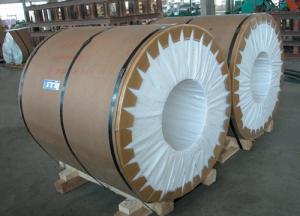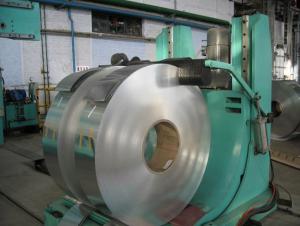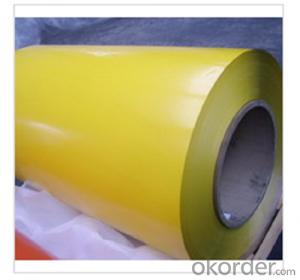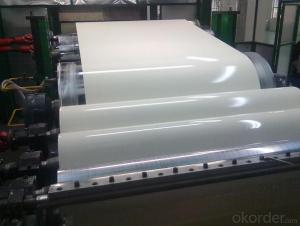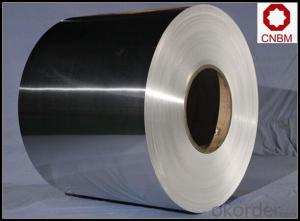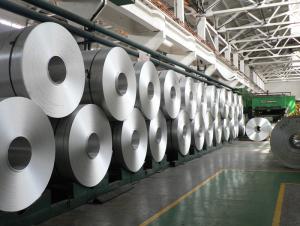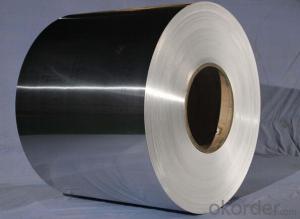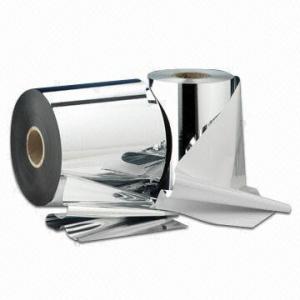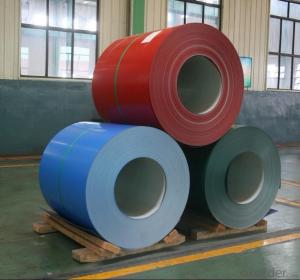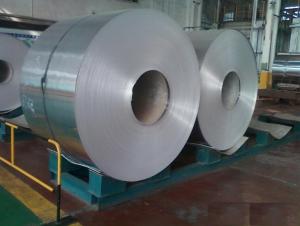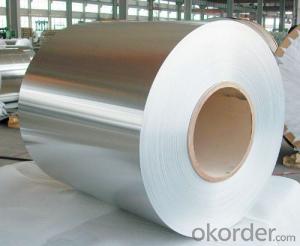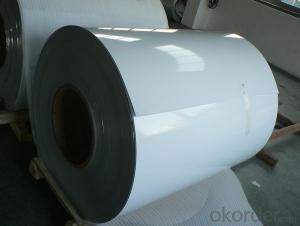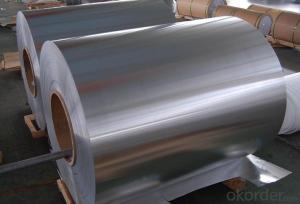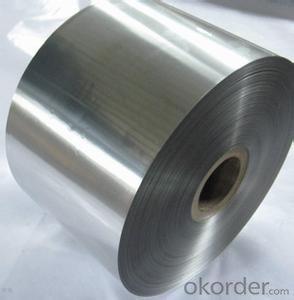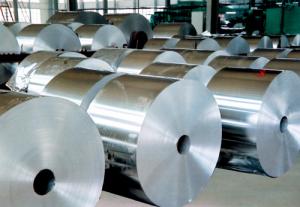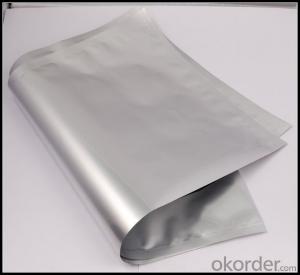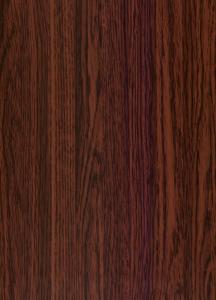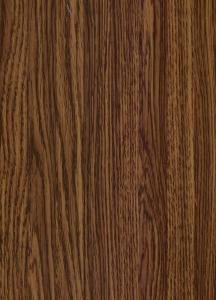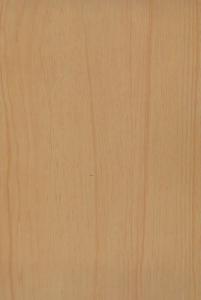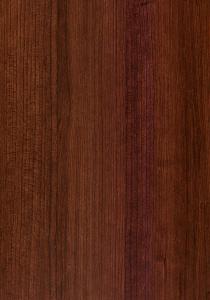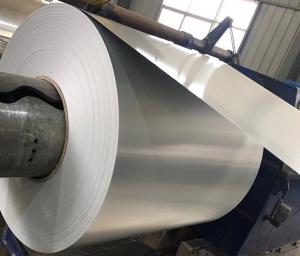Alcoa Aluminum Coil Stock
Alcoa Aluminum Coil Stock Related Searches
Alcoa Aluminum Stock Coil Aluminum Stock Anodized Aluminum Coil Stock Vinyl Coated Aluminum Coil Stock Aluminum Siding Coil Stock Aluminum Coil Stock Prices Black Aluminum Coil Stock Aluminum Trim Coil Stock Colored Aluminum Coil Stock Aluminum Coil Stock For Sale Alcoa Aluminum Stock Price Wood Grain Aluminum Coil Stock Aluminum Coil Stock Lowe's White Aluminum Coil Stock Painted Aluminum Coil Stock Coil Stock Aluminum Rollex Aluminum Coil Stock Aluminum Gutter Coil Stock Colt Aluminum Stock Pvc Coated Aluminum Coil Stock Alcoa Aluminum Coil Stock Colors Brown Aluminum Coil Stock 032 Aluminum Coil Stock Aluminum Foil Stock Aluminum Mill Stock Aluminum Coil Stock Brake Alcoa Aluminum Stock Price Today Aluminum Coil Stock Holder Arconic Aluminum Stock Aluminum StockAlcoa Aluminum Coil Stock Supplier & Manufacturer from China
Alcoa Aluminum Coil Stock is a high-quality product that is widely recognized in the market for its durability and performance. These coils are made from premium aluminum materials and are designed to meet the specific needs of various industries. The product is known for its versatility and is used in a broad range of applications, including construction, automotive, aerospace, and packaging sectors. The unique properties of Alcoa Aluminum Coil Stock make it an ideal choice for applications that require strength, lightweight, and corrosion resistance.Okorder.com is a reputable wholesale supplier that offers an extensive inventory of Alcoa Aluminum Coil Stock to cater to the diverse needs of its customers. The company prides itself on providing top-notch products at competitive prices, ensuring that clients receive the best value for their investment. By partnering with Okorder.com, customers can be confident that they are sourcing their Alcoa Aluminum Coil Stock from a reliable and trustworthy source.
Hot Products


